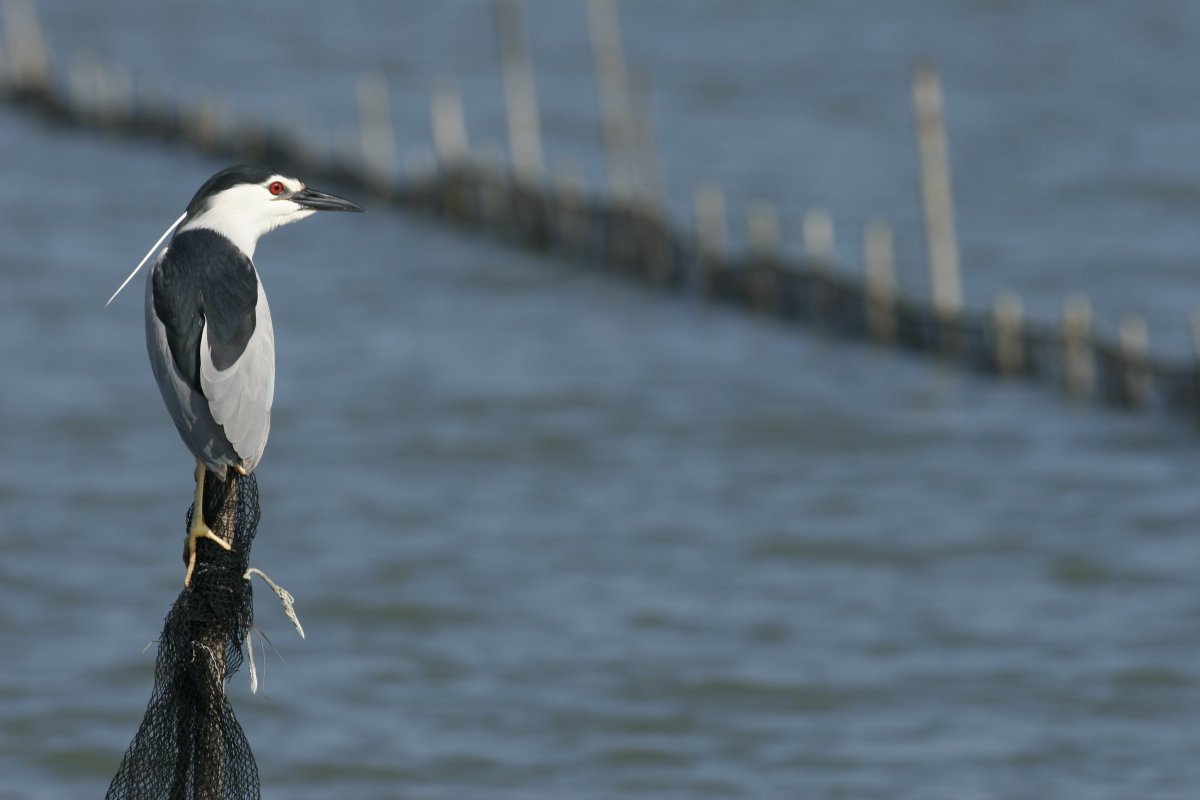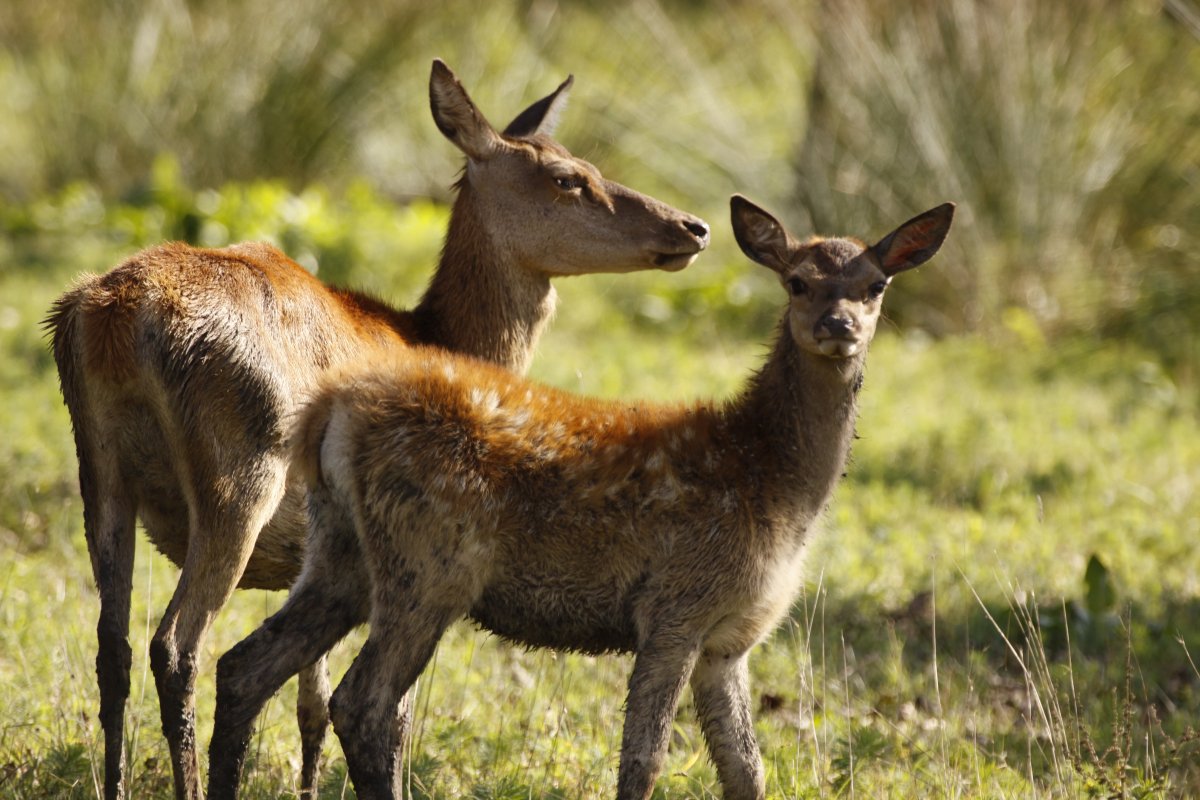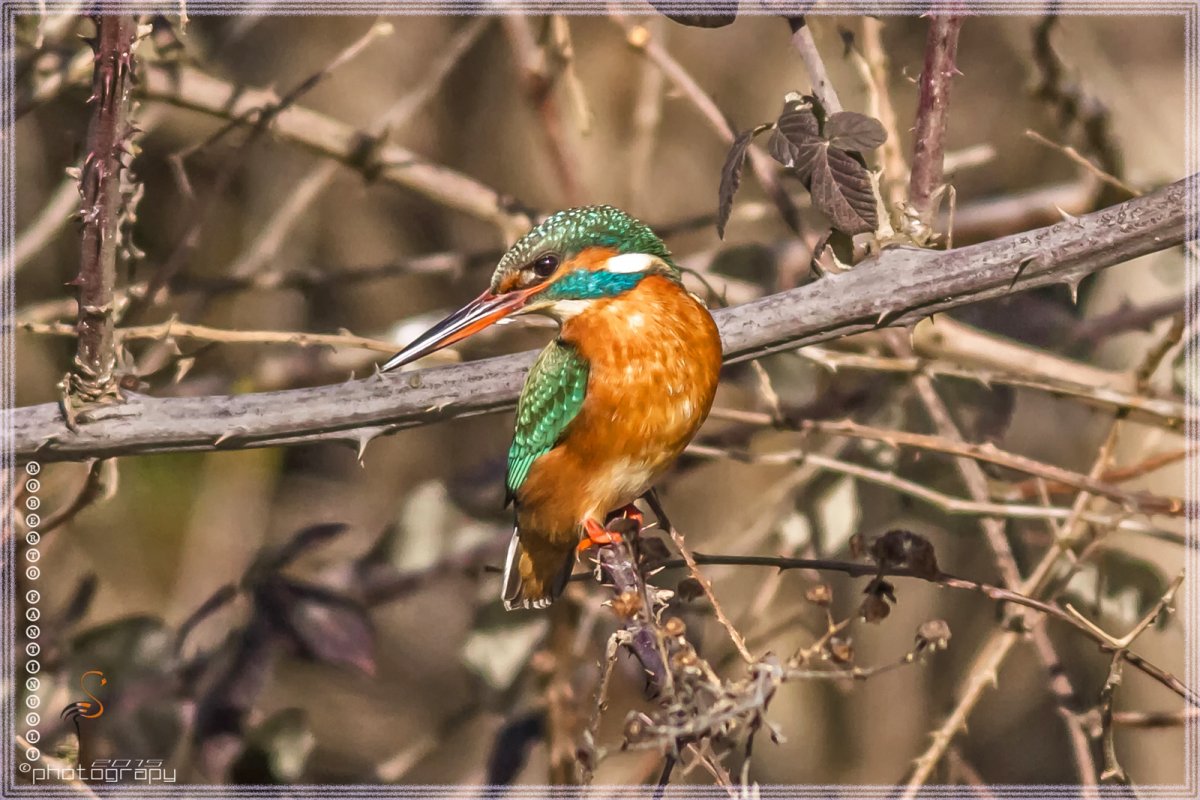Create your holiday
The fauna
The Po Delta Park, with its unique eco-system, has a remarkable variety of habitats: wetlands, freshwater areas, brackish or salty water, marshy woodlands, pine forests and dunes. These habitats are mainly characterized by the presence of water, which encourage the presence of different species of animals.
In the wooded areas, in particular in the Mesola Woods, there are mammals such as fallow deer, rice mice and water voles, but the most important species in this area is undoubtedly the deer, the only one indigenous to Italy, which escaped the deforestation and hunting of the past centuries in other areas of the peninsula, from the Alps to the Apennines up to the lowland coastal woods.
In the Po Delta region, however, most species are connected to the water, such as fish, amphibians and reptiles. This is the perfect habitat for all the region’s species of frogs and toads, except those that usually live in hilly and mountainous areas, but also for the marsh tortoise, the water snake, and of course the fish, which, between the rivers, the sea, the freshwater lagoons and the brackish water areas, find a variety of eco-systems suitable for many species. The presence of the eel is especially important as it adds to the range of culinary delights on offer in the Comacchio region.
The jewel in the crown of the Po Delta Park is certainly its birdlife, comprising more than 200 species of nesting, migratory and wintering birds. It is no surprise that one of the most popular activities here and one for which it is renowned throughout Europe is indeed birdwatching. In fact, in every season of the year you can admire the wide variety of different species of birds that live in the different areas of the park.
There are vast stretches of water in the lagoon, the valleys, the reeds, the canals, the salt pans, the freshwater areas, the coastal pine forests, the marshy woodlands and the sea: this range of protected habitats seldom visited by man, as well as the substantial presence of water and the possibility of finding food all year round, make this area ideal for birds such as seagulls, ducks, herons, coots, and the typical pink flamingos.





